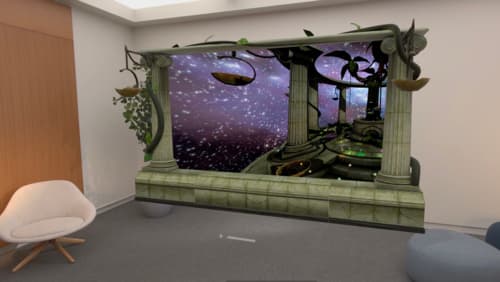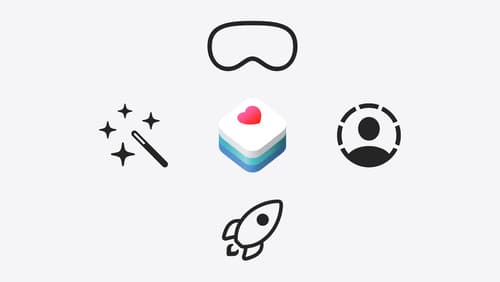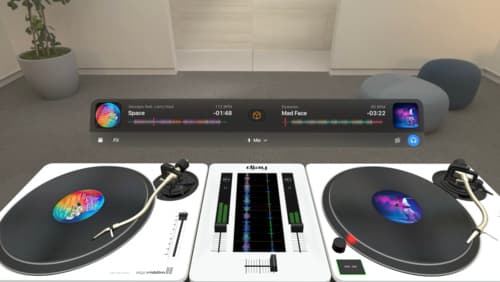design considerations for a vision OS app
Asked on 2024-08-02
1 search
Designing a visionOS app involves several key considerations to ensure the app takes full advantage of the platform's capabilities and provides a comfortable, immersive, and delightful user experience. Here are some design considerations based on the sessions from WWDC:
-
Embrace Immersion:
- VisionOS is designed to create immersive experiences. For example, the mindfulness app uses a gently pulsing flower to encourage breathing and focus, creating a sense of life in the scene (Design great visionOS apps).
-
Comfort and Usability:
- Vision Pro is a head-worn device controlled by eye movements. Apps should require minimal physical movement to ensure comfort. For instance, Super Fruit Ninja uses a geometric guide to keep players within a safe boundary during gameplay (Design great visionOS apps).
-
Leverage Spatial Computing:
- VisionOS allows for spatial computing, which can enhance the user experience by providing more information and adding nuance to the data displayed. For example, dynamically resizable charts can be used to show more data when the app window is expanded (Get started with HealthKit in visionOS).
-
Use Standard Components:
- Standard SwiftUI components like TabView and sheets translate well to visionOS, ensuring a consistent look and feel across devices (Get started with HealthKit in visionOS).
-
Guest User Support:
- VisionOS includes a guest user feature that allows others to try out Apple Vision Pro while preserving the owner's data and privacy. This is important for apps that might be used in shared environments (Get started with HealthKit in visionOS).
-
Prototyping and Guidelines:
- Utilize Apple's human interface guidelines and design resources like Figma and Sketch kits to expedite prototyping and ensure adherence to best practices (Design great visionOS apps).
-
Compatibility and Native Features:
- Start by making your app compatible with visionOS and progressively add features to enhance the experience. For example, using compositor services to create a fully immersive app where the camera is controlled by the player's head (Bring your iOS or iPadOS game to visionOS).
By considering these aspects, you can design a visionOS app that is not only functional but also provides a unique and engaging user experience.

Bring your iOS or iPadOS game to visionOS
Discover how to transform your iOS or iPadOS game into a uniquely visionOS experience. Increase the immersion (and fun factor!) with a 3D frame or an immersive background. And invite players further into your world by adding depth to the window with stereoscopy or head tracking.

Get started with HealthKit in visionOS
Discover how to use HealthKit to create experiences that take full advantage of the spatial canvas. Learn the capabilities of HealthKit on the platform, find out how to bring an existing iPadOS app to visionOS, and explore the special considerations governing HealthKit during a Guest User session. You’ll also learn ways to use SwiftUI, Swift Charts, and Swift concurrency to craft innovative experiences with HealthKit.

Design great visionOS apps
Find out how to create compelling spatial computing apps by embracing immersion, designing for eyes and hands, and taking advantage of depth, scale, and space. We’ll share several examples of great visionOS apps and explore how their designers approached creating new experiences for the platform.
